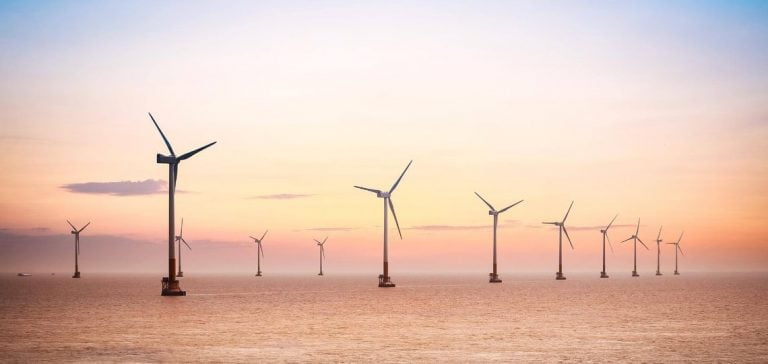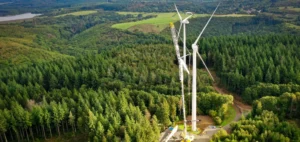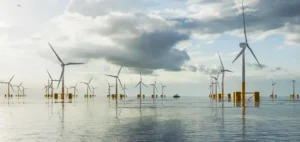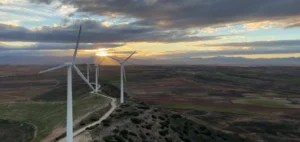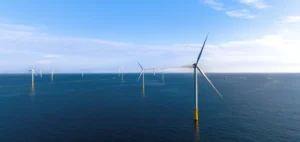Wind energy, one of the pillars of the global energy transition, is poised for another year of growth in 2024. Several reports highlight a record increase in the share of wind energy in global electricity generation, driven by favorable weather conditions and accelerated infrastructure investments.
The major players in this expansion are China, the United States, and Germany, collectively accounting for about 64% of the world’s installed capacity. China, with a 43% share, stands out as the undisputed leader in the global wind sector. In 2023, China added 75 gigawatts (GW) of new capacity, representing 65% of the world’s installations that year, a performance unprecedented in the sector.
Ambitious Goals for 2030
The current momentum in the wind industry aligns with the commitments made at COP28, aiming to triple global renewable energy capacity by 2030. To meet this goal, annual installations must significantly increase, with a target of 320 GW per year. In 2023, a record 117 GW was installed, marking a 50% increase compared to the previous year.
Despite this spectacular growth, several challenges remain, particularly regarding supply chains, capital costs, and regulatory obstacles in key markets. In the United States, for example, onshore wind installations slowed during the first quarter of 2024, reflecting administrative bottlenecks and financial constraints.
The Rise of Offshore Wind
In response to these challenges, offshore wind is gaining more importance, especially in the U.S. and Europe. The South Fork Wind project, one of the largest in the U.S., is expected to help reverse the slowdown in onshore wind. In Europe, several offshore projects are underway, reinforcing the role of this technology in achieving climate goals.
Many governments continue to adjust their policies to support wind energy development. In China, the government is pushing to reduce reliance on coal and is heavily investing in renewable infrastructure. This support is expected to solidify the growth of onshore wind in the coming years.
Long-Term Outlook
Looking towards 2030, the global wind energy market is expected to continue growing at an average annual rate of 13.67%. Technological advancements in turbine manufacturing and the continued decline in production costs are making wind energy increasingly competitive compared to other energy sources. In the Asia-Pacific region, massive investments in China and India are expected to drive significant market growth.
In conclusion, global wind energy is on an upward trajectory, with strong growth prospects despite certain obstacles. With continued policy support and technological innovations, wind energy is well-positioned to play a central role in the global energy transition and the fight against climate change.


